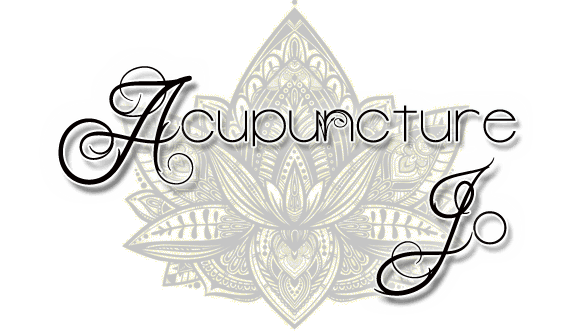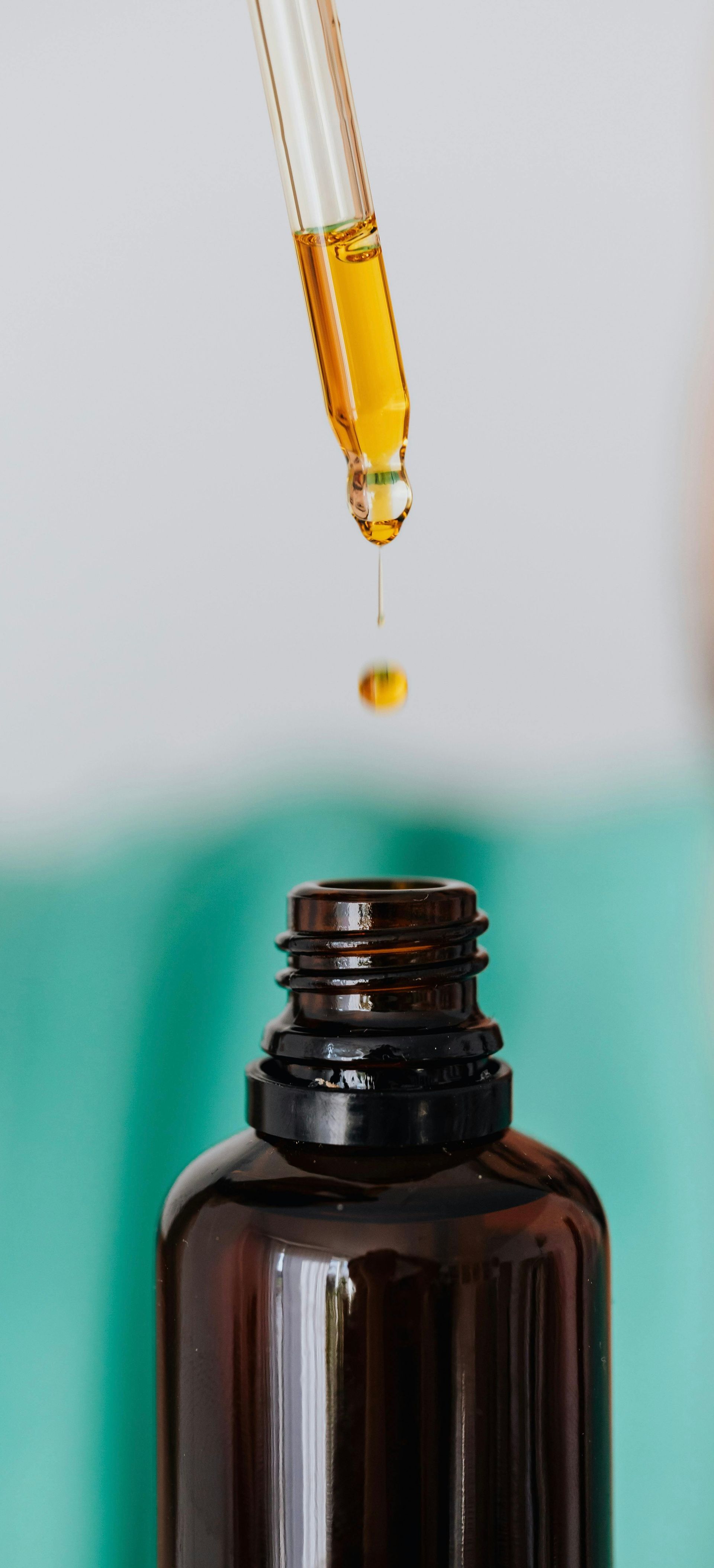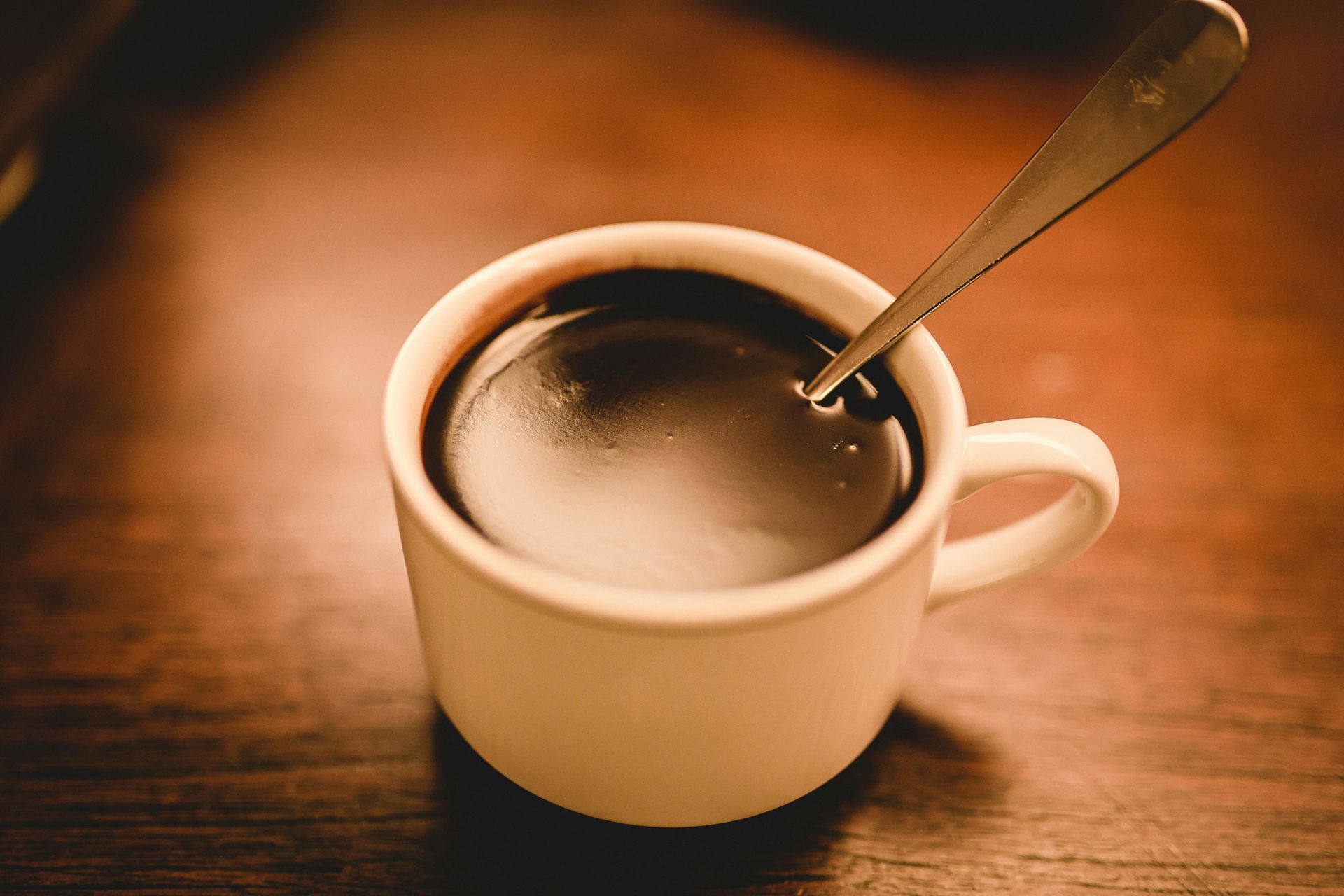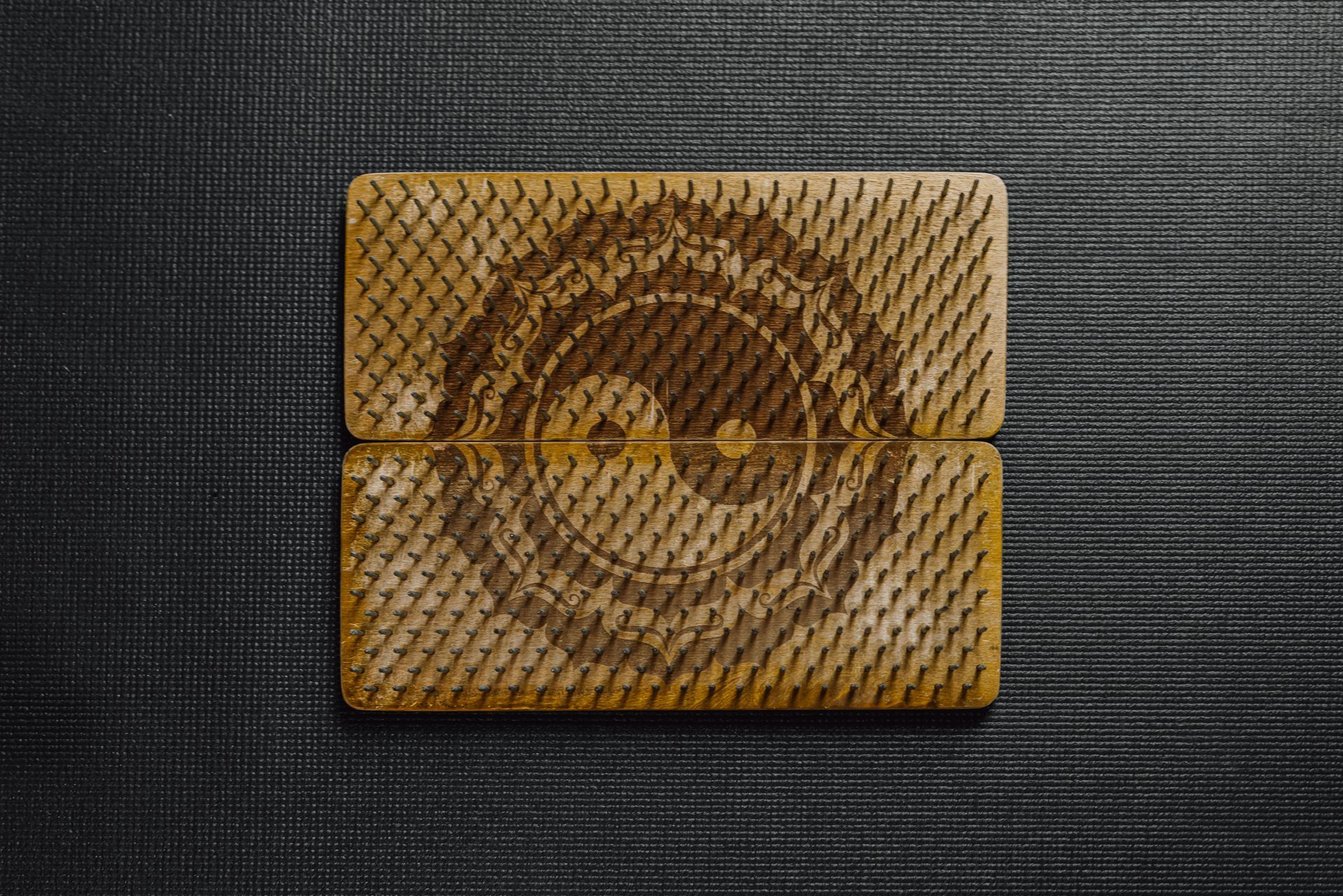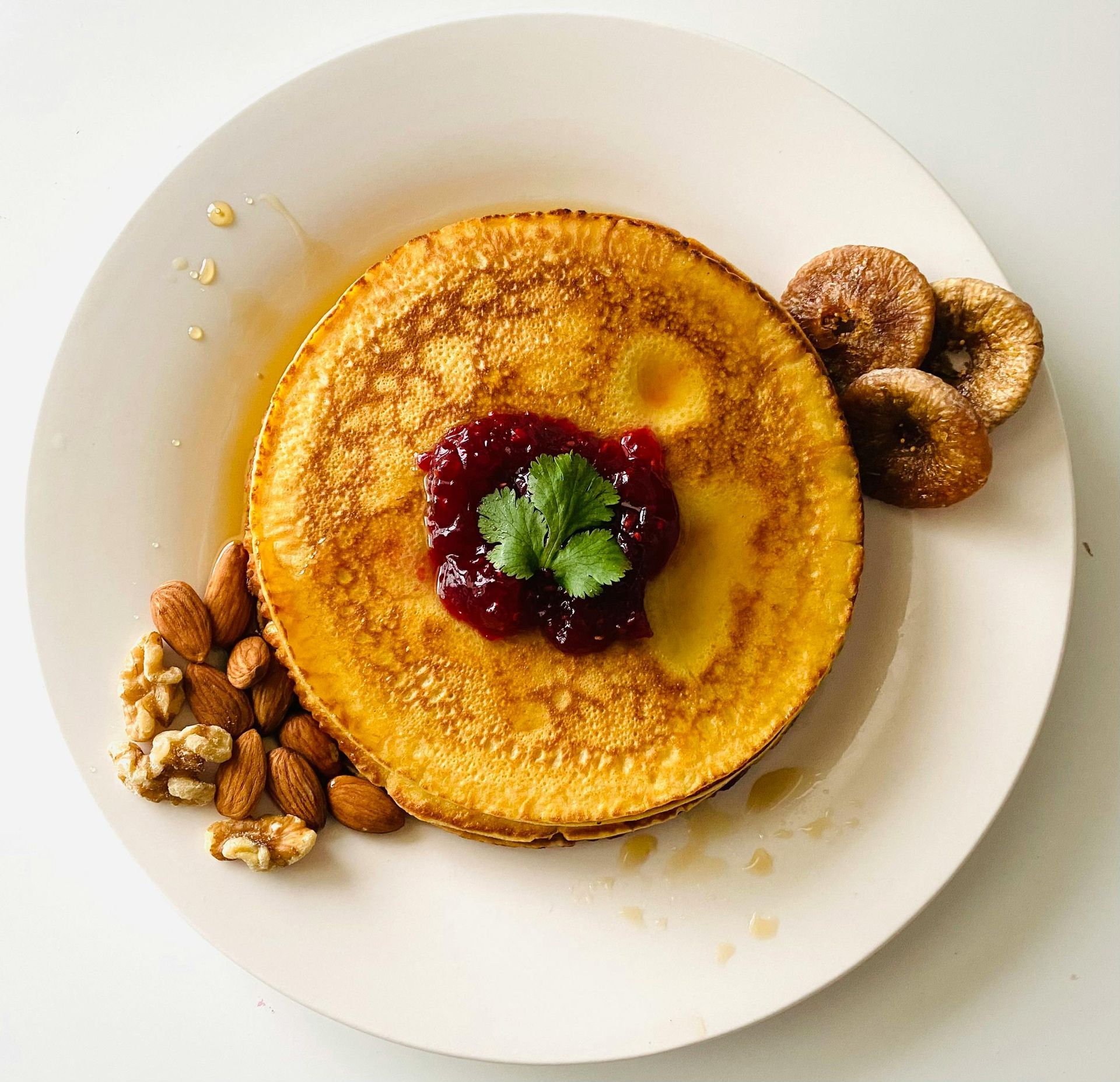Lunaception
My Experience with Lunaception | Tea Time with Jo
You probably read that title and thought “Luna, what?”, and I completely understand because I did the same thing when I first heard it. Let’s jump right in and see what Lunaception is and how it may help regulate your menstrual cycle. If you are past your menstruating years, navigate to the bottom to see how aligning with these concepts might still be helpful.
What is Lunaception
“Lunaception” is the concept by which menstrual cycles can be altered, by manipulating light, to mimic the effects of the full moon. More specifically, Lunaception assists in getting the body to ovulate. The idea is that, in primitive society, women’s menstrual cycles were heavily influenced by the moon cycles. More often than not, ovulation occurs under the full moon (we see this in nature with many animals being “in heat” when the moon is full).
There are various reasons why someone would want to encourage ovulation to happen in a timely manner. One of those reasons is to influence fertility. If a woman can predict when she will ovulate, it facilitates both conception and contraception. This can be very helpful in someone who is trying to avoid hormonal birth control. Conversely, women who present with certain types of PCOS have trouble determining when they ovulate. Some may go for months without ovulating. This can make it very hard to attempt conception. With the use of Lunaception, it is possible that these women can gently encourage their ovulation to occur, which not only helps to regulate their menstrual cycles but also helps narrow down the fertile window.
How to Practice Lunaception
The premise is to mimic the effects of the full moon to help encourage ovulation. We’ll get into the science behind that shortly. For now, we will focus specifically on light. When the moon is full, it is as if a street light were turned on from the heavens, illuminating what would otherwise be a pitch black night. One can mimic this by sleeping with a light on for 3 nights leading up to their ovulation window, and sleeping in pitch black for the rest of the cycle.
To be clear, the concept doesn’t support the use of eye masks. It is encouraged to make the room as dark as possible so that you can’t even see your hand in front of you. As your ovulation window is approaching (roughly around cycle day 11) you should sleep with a soft light on that would mimic the light of the full moon. If you don’t have a way of setting up a light in your room, you can also turn on a brighter light on in a nearby room or hallway and leave your door open so the light gently streams into your bedroom. You do this for 3 consecutive nights, then go back to sleeping in pitch dark.
The Science
Our bodies developed over many years under the influence of the circadian rhythm and the natural cycles of the moon. Our pineal gland, which is involved in our awareness of light and dark also produces Melatonin. Melatonin is the hormone that helps us go to sleep and stay asleep. It is influenced by patterns of light and dark. With the development of modern lighting, and increased amounts of blue light, human sleep patterns have been highly disrupted. This is one of the reasons why it is suggested to avoid blue light before bed and to sleep in complete darkness. Melatonin is also a powerful antioxidant and plays a role in many functions of the body but for now we will focus on its role with ovulation.
If we evolved under the influence of the moon phases, it makes sense that our pineal glands perceived the increase in light when a full moon was present, causing melatonin levels to decrease. This decrease is involved in the process of ovulation. If high levels of melatonin inhibit ovulation, and lower levels of melatonin encourage ovulation, we can see how alternating between sleeping in total darkness (high melatonin) and sleeping with light on (lower melatonin) may influence ovulatory patterns.
The Anecdotal Evidence
Louise Lacey is the author of the book “Lunaception”, from which these concepts are extracted. According to her writings, she and 27 of her friends used the practice of Lunaception to develop healthy and regular menstrual cycles. They were all able to avoid pregnancy through menopause by avoiding intercourse on the days that they slept with the light on. Other women, such as author Kate Singer, have expanded on the concept of Lunaception. In her book, “Honoring Our Cycles”, she teaches women how to track their cycles. With this knowledge, and incorporating what she calls “Night Lighting” (using a night light to mimic the full moon light), she has experienced many benefits to this practice outside of avoiding pregnancy. These include reducing many of the symptoms associated with hormonal imbalance and promoting more easeful and reliable periods.
My Experience
I am on my 4th month of practicing Lunaception/Night Lighting. I’ll be forthcoming and say that I do not have a pitch black room. The reason for this, is that my room gets stuffy if I leave the door closed. Since I have to sleep with the door open, that means I have to make all of the surrounding areas of the house pitch black. It is not in alignment with my aesthetic to put black out curtains in the rest of the house and to cover up every single little light that is produced from various electronics. My workaround for this is to sleep with a large eye mask that covers about 1/3 of my head. It is very wide and provides good coverage even if the eye masks shifts a little while I am sleeping. On the nights that I want to mimic the full moon, I simply sleep without the eye mask.
For context, since entering my late thirties, my ovulation window has fluctuated quite a bit, sometimes ovulating as late as day 19 or 20 of my cycle. I have attempted Lunaception/Night Lighting for the past 5 cycles. Here is my experience so far:
-The first cycle, I didn’t notice a shift in my ovulation window at all.
-The second cycle, I ovulated around cycle day 17 (which was about 2 days earlier than it had been in recent cycles).
-The third cycle, I actually didn’t practice Lunaception/Night Lighting because I was feeling under the weather and really wanted to focus on sleep. I ovulated on day 18.
-On my fourth cycle of this practice, I ovulated on day 15! This was a huge deal as it was 3-4 days earlier than what the average for my recent cycles had been. I also noticed a significant reduction in uterine cramping when menses started.
-On my firth cycle, I ovulated on day 16, which is still 2-3 days earlier than my average. Also of note, I experienced zero PMS symptoms with this cycle. Fortunately, severe PMS symptoms are a thing of the past for me, but I do tend to experience some degree of breast tenderness and fullness in my premenstrual phase. At the time of writing this blog, there has been zero discomfort.
Benefits Beyond the Menstruating Years.
If someone is past their menstruating years, would there still be benefits to Lunaception? Theoretically, yes. Being in alignment with the moon phases keeps you connected to the rhythm of life and nature. This may support better sleep and a better sense of well being. If you are looking to connect with the energies of the full moon, I would practice Lunaception the way our primitive ancestors did. Rather than sleeping with a light on for certain days of the cycle, I would sleep with the curtains or blinds open on the night before, during and after the actual full moon. Letting the moon’s light naturally filter in through your windows. Seeing how the moon has an affect on bodies of water, it is reasonable to assume it might also have an affect on our bodily fluids. There is no harm in trying Lunaception. It may be helpful in reducing menopausal symptoms such as hot flashes and night sweats as well as vaginal dryness. I have zero evidence for this but its worth giving it a try.
Final Notes
I have been truly taken aback by the influence that this practice has had on my cycle. While it does seem to be making a difference in when I ovulate, it doesn’t seem to be affecting how long my luteal phase lasts (the length of time between ovulation and the next period), or at least, not yet. This is something I am currently working on extending since it has shortened as I have been approaching my forties. Stay tuned for a blog on that!
I do see the value of integrating cycle tracking to this practice in the way that Kate Singer proposes. She suggests practicing Night Lighting when you have noticed 2 consecutive days of vaginal discharge (or “wetness" as she calls it). This is a cue that the body is making its transition into the ovulation phase. The problem with this method is that, if your cycles are not already regular, you may not notice vaginal fluids on time to experience a 28 day cycle. In contrast, Lunaception doesn’t require the tracking of these fluids, only counting 11 days from when your last period started. Hypothetically, you would mimic the light of the full moon on cycle days 11, 12, and 13 and ovulate on day 14. Assuming you have a normal, healthy luteal phase, you can expect your period around CD27/28.
While there is compelling evidence of how this is helpful for regulating women’s menstrual cycles, I have no idea what effect this has on men. Since men also developed under the same moon phases as women, it would make sense that the reduced melatonin levels influenced by the light of the full moon, would encourage more testosterone production. This makes even more sense as the female’s response is to ovulate during this same time. Higher testosterone would produce more/better quality sperm in males simultaneously while females ovulate, thus enhancing the chances of conception.
Whether you are working on regulating your menstrual cycles, wanting to get your cycles closer to a 28-30 day window, looking to conceive or to avoid conception, I encourage you to look into this practice and consider if it is worth trying for you. As a disclaimer, I don’t feel comfortable with Lunaception being the only method of contraception, especially without many cycles of reference to fully be able to understand when a person is ovulating. I would recommend using other cycle tracking methods like Basal Body temperature (BBT) charting, cervical positioning and progesterone urine metabolite testing to confirm ovulation has already occurred prior to engaging in unprotected intercourse if you are looking to avoid pregnancy.
References
I’m not one to typically add references to blogs because I feel like everyone is capable of doing their own research. However, I came across very interesting articles that helped me understand the concept of Lunaception. I thought it would be informative to share them so here you go.
-Lunaception and Night Lighting: https://empoweredsustenance.com/balance-hormones-with-moon/
-Lunaception and TCM: https://www.mayway.com/blogs/articles/lunaception-how-the-moon-light-dark-affect-fertility
-How Melatonin influences Men: https://biologyinsights.com/does-melatonin-lower-testosterone-the-science-behind-it/
Thank you for reading until the end and sharing this blog post with someone who might find it interesting or helpful. If you have a topic you'd like to me explore, tap the email button below and send me your suggestions.
